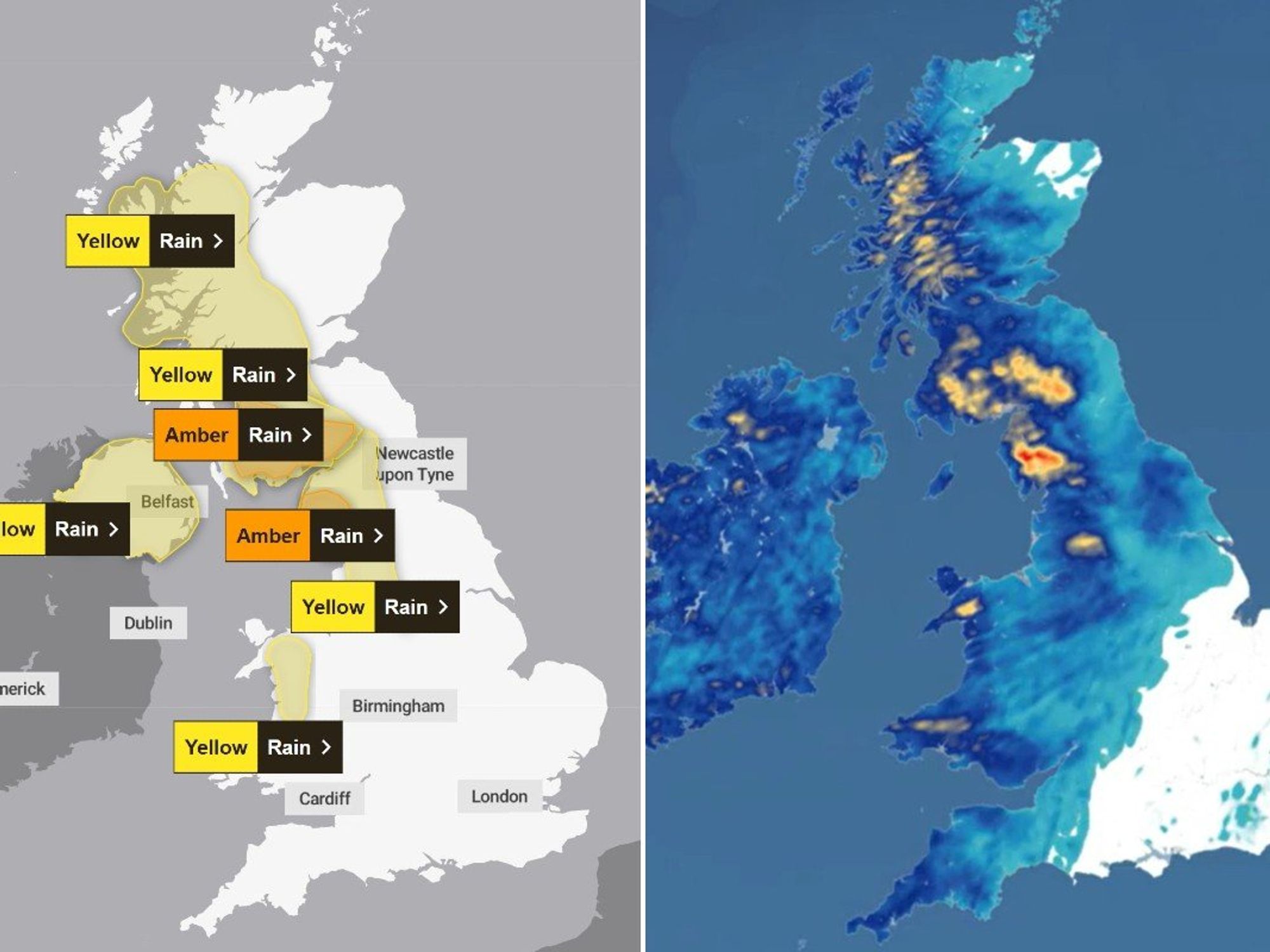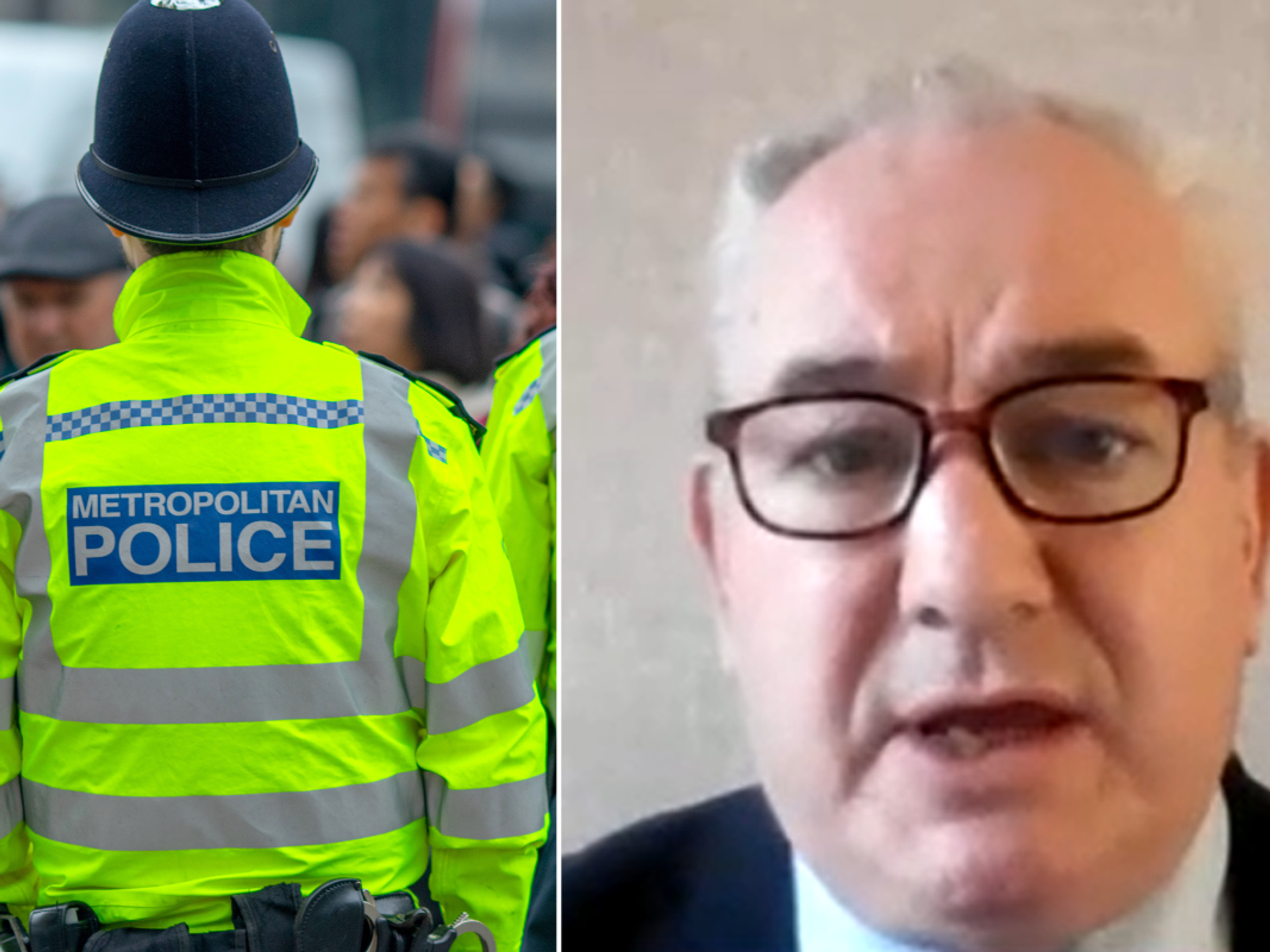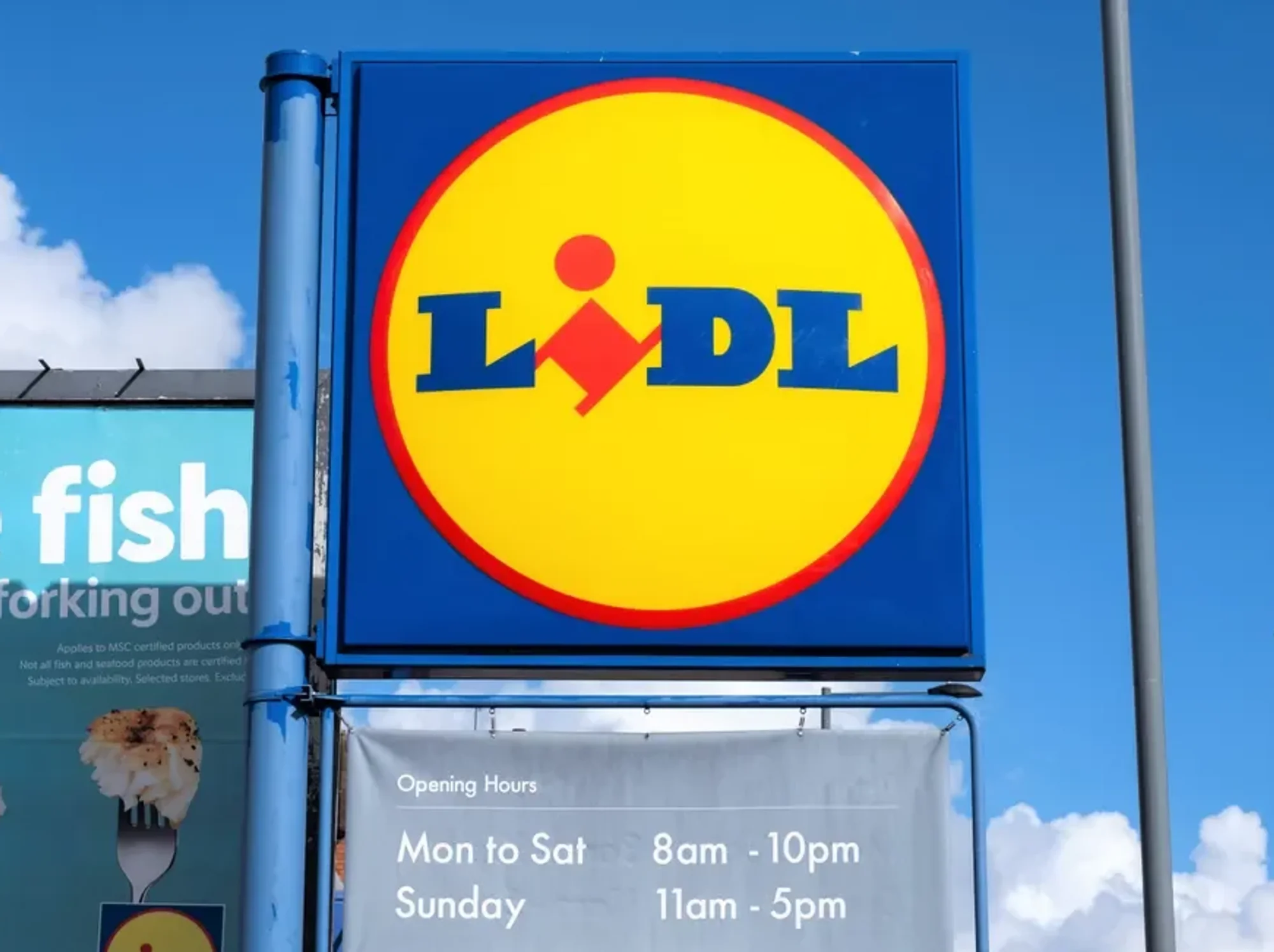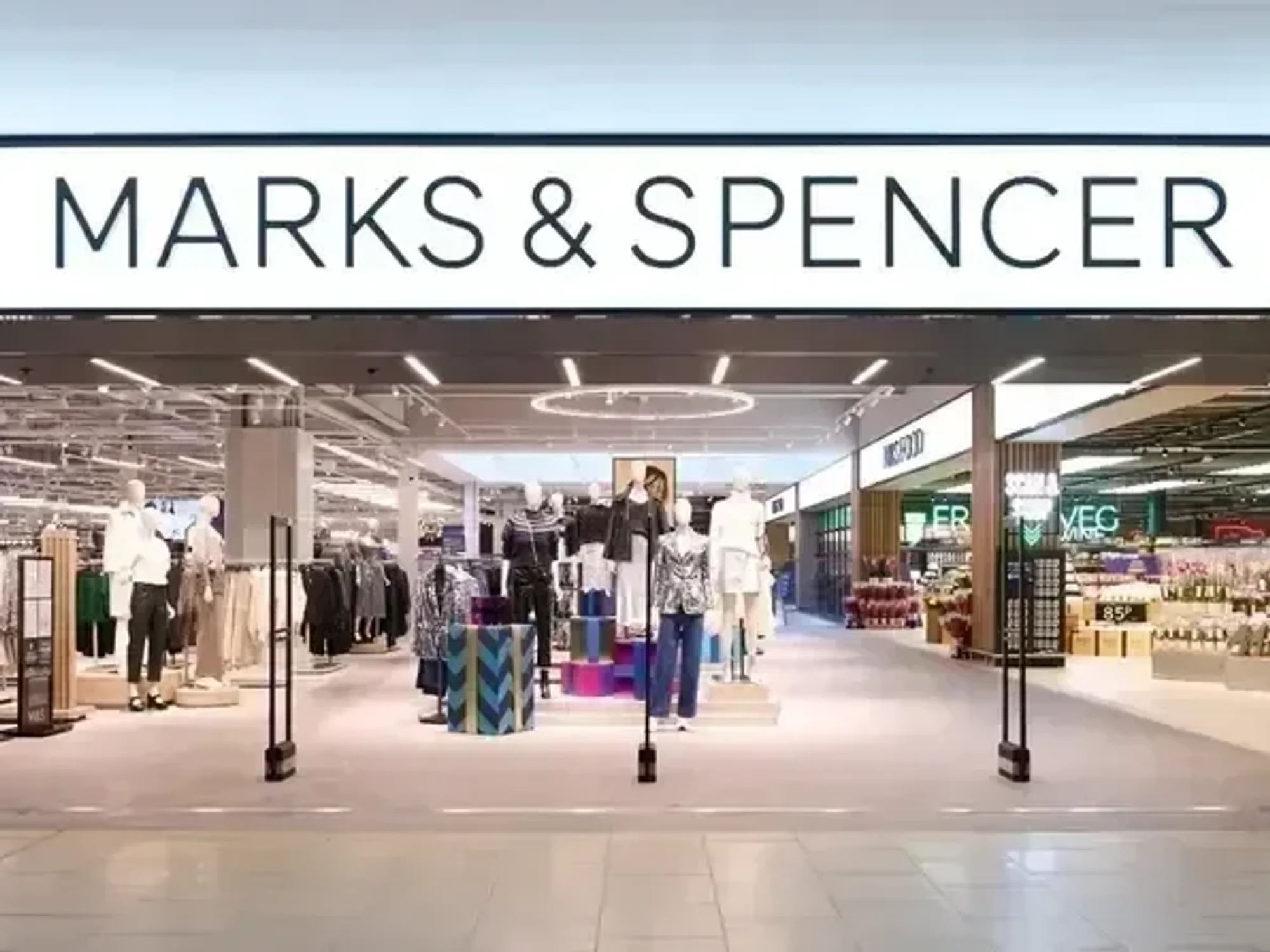Britons hit with £24million bill for breaking crucial traffic laws with millions at risk of huge fine

Yellow box junctions are in place to keep roads clear
| GETTY
TfL has fined over 150,000 drivers last year
Don't Miss
Most Read
Drivers have been fined £24.7million for entering yellow box junctions in London in the past year, with more than 154,000 penalty charge notices being issued in 2023.
Yellow box junctions, loading bays and red routes are in place across London to help keep traffic on the roads flowing, although drivers can be fined for stopping in them.
A Freedom of Information request to Transport for London found that a yellow box junction in West Hill near a fire station saw drivers slapped with 13,876 penalties issued here.
TfL guidelines state that drivers can receive a £160 fine, although it will be reduced to £80 if they pay within a certain timeframe.
Do you have a story you'd like to share? Get in touch by emailing motoring@gbnews.uk
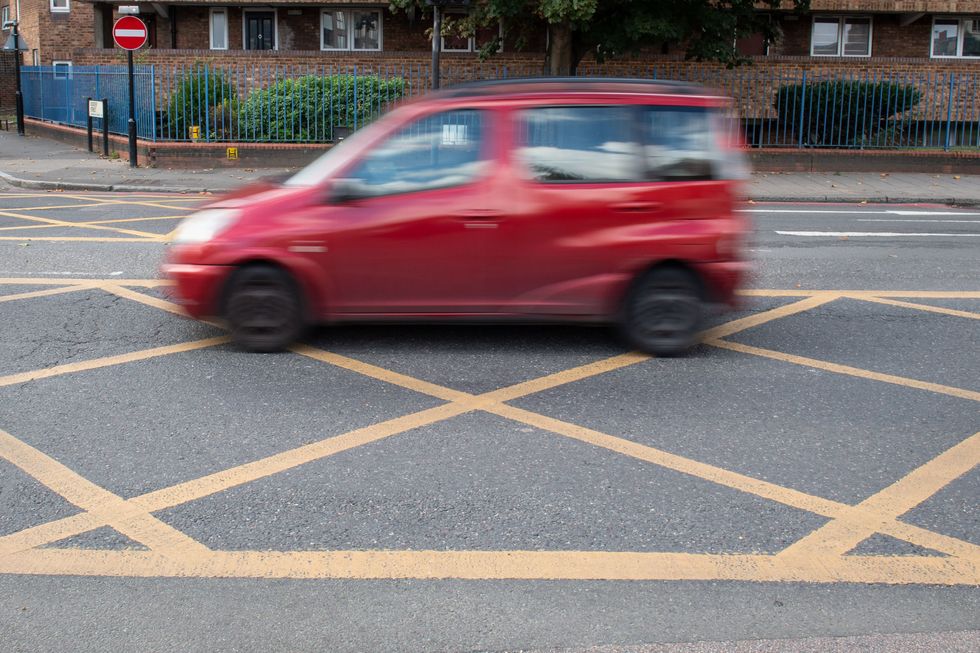
Under rule 174 of the Highway Code drivers must not stop in yellow box junctions
| PAEast India Dock Road junction saw 9,735 fines issued to drivers while Battersea Bridge Road caught out 8,540 drivers with fines.
Meanwhile, 8,112 drivers were hit with penalties on Homerton High Street and Streatham High Road saw 5,951 penalties handed out.
Under Highway Code Rule 174, drivers must only enter boxes if they can see their exit is clear. It states: "You may enter the box and wait when you want to turn right and are only stopped from doing so by oncoming traffic, or by other vehicles waiting to turn right.
“At signalled roundabouts, you must not enter the box unless you can cross over it completely without stopping.”
Shockingly, recent RAC data found that almost every yellow box junction of 100 analysed across London was bigger than it needs to be to prevent traffic congestion.
Given that the junctions are larger than necessary, more drivers are at risk of being fined. Out of the 100 junctions investigated, 98 junctions were larger than they needed to be.
Notably, more than half of the junctions were not under traffic light control and could therefore easily be converted to “keep clear” markings instead.
Rod Dennis, RAC spokesperson, said: “Unfortunately, any box that is bigger than needed – whether that’s due to an oversight on the council’s part or because it was painted on the road many years ago and hasn’t been reviewed – risks drivers being fined unnecessarily when their actions haven’t contributed to congestion.
“What’s more, if a driver can’t clearly see where a box ends but they know there’s a chance of getting fined if they stop in one, they’re more likely to hesitate – meaning traffic could start backing up, which is the polar opposite of what yellow boxes are intended to do.”
TfL stated that drivers can stop in a yellow box junction when turning right if they are prevented from turning by oncoming traffic, or by other vehicles waiting to turn right.
But the authority warned: “Do not simply follow the vehicle in front as it may stop and prevent your exit and don't let other drivers pressure you to enter the box when a clear exit is not available.
“We issue Penalty Charge Notices to deter drivers from breaking the rules and causing a traffic jam. We don't simply issue PCNs to raise revenue - we enforce the rules to help keep the traffic moving.”
LATEST DEVELOPMENTS:
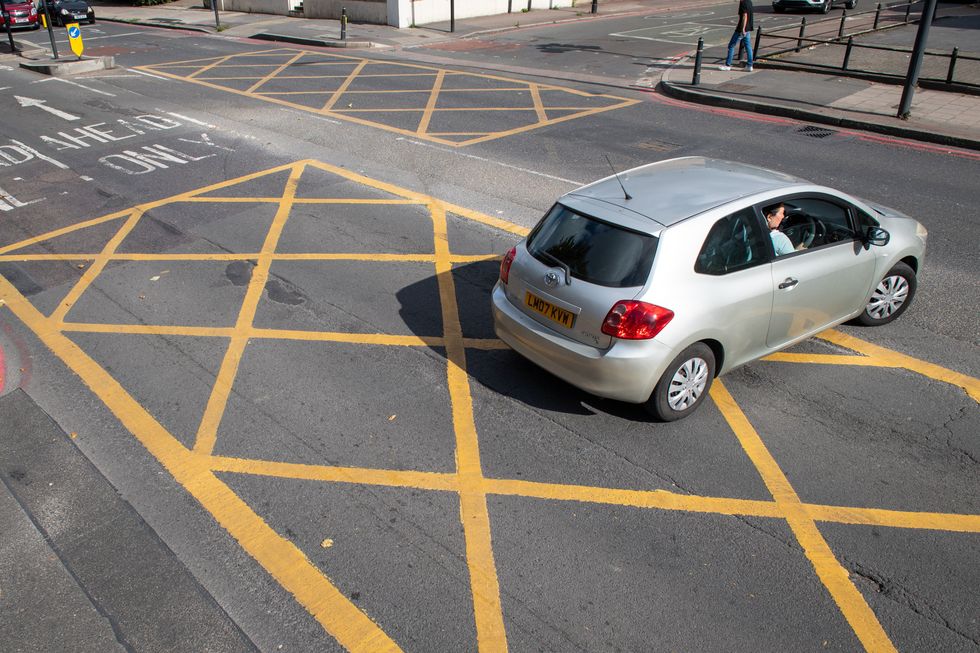
Drivers can be fined up to £160 for stopping in a yellow box junction
| PASam Wright, the chartered engineer who runs the Yellow Box Guru website urged the Government to refresh its advice to councils regarding the junctions.
He said: "Spell out precisely their purpose in terms of preventing the cross movement of other traffic, and to make it crystal clear where and how they should be used."





